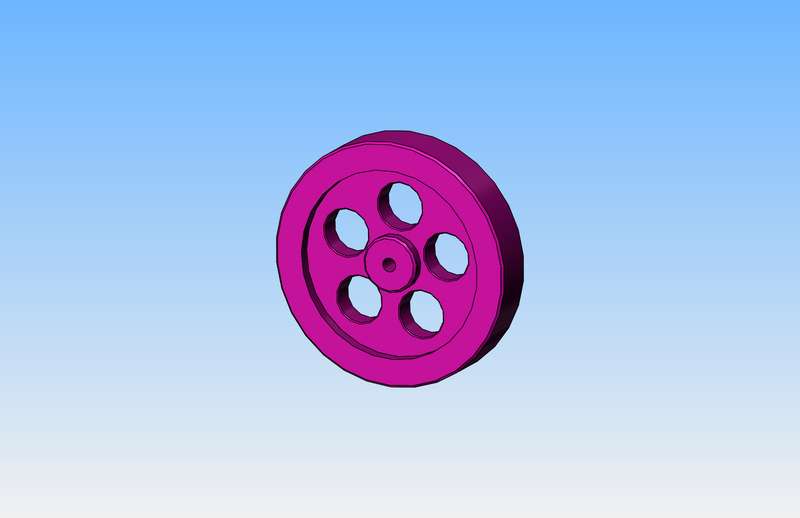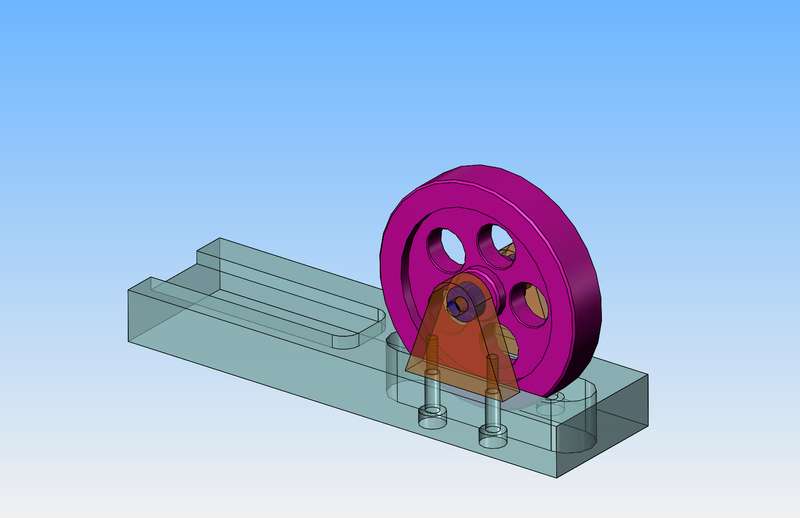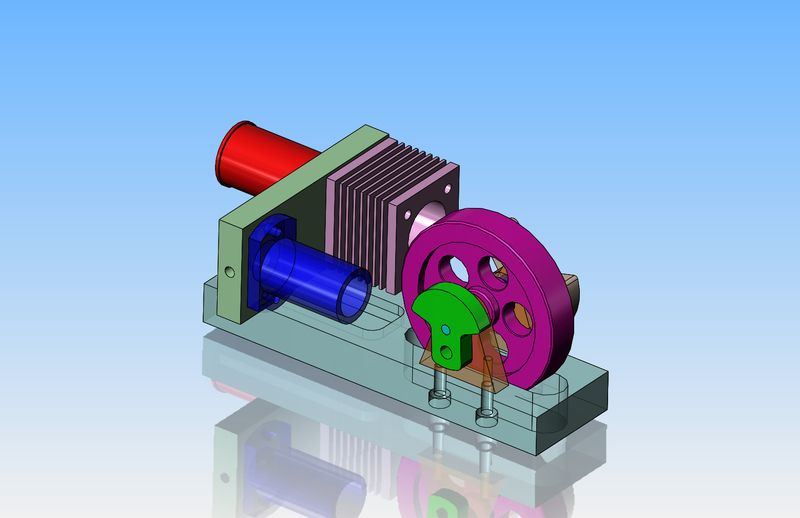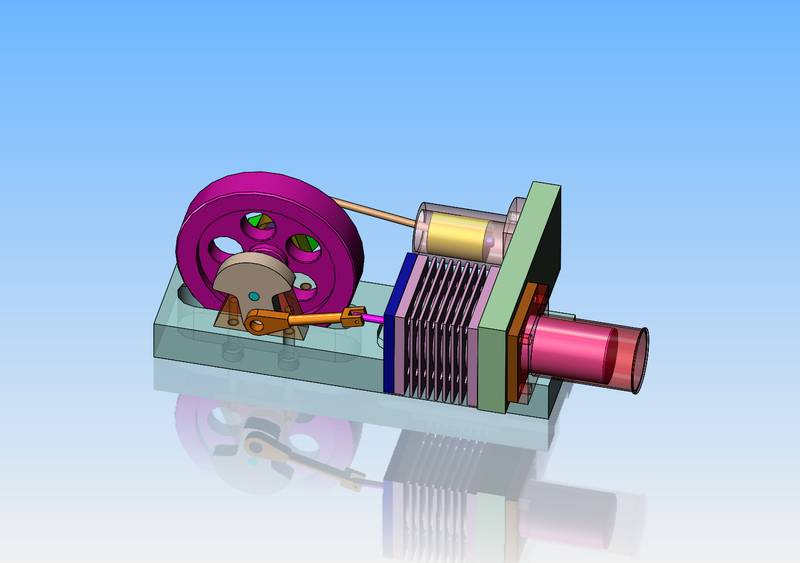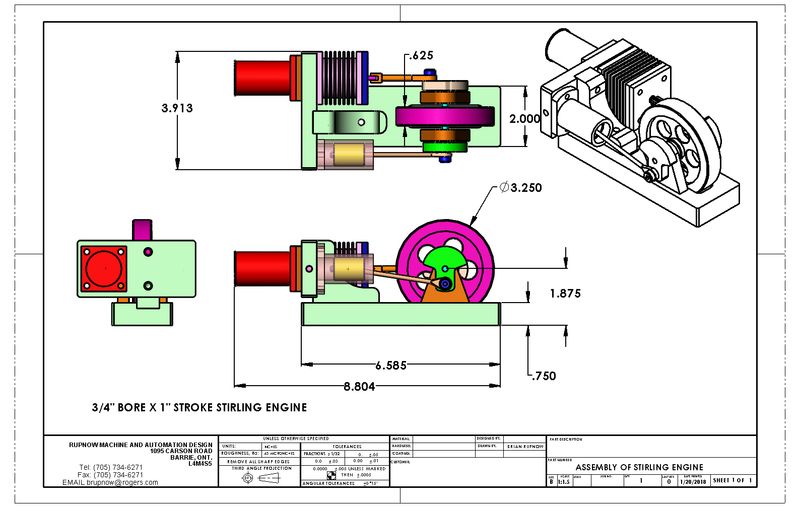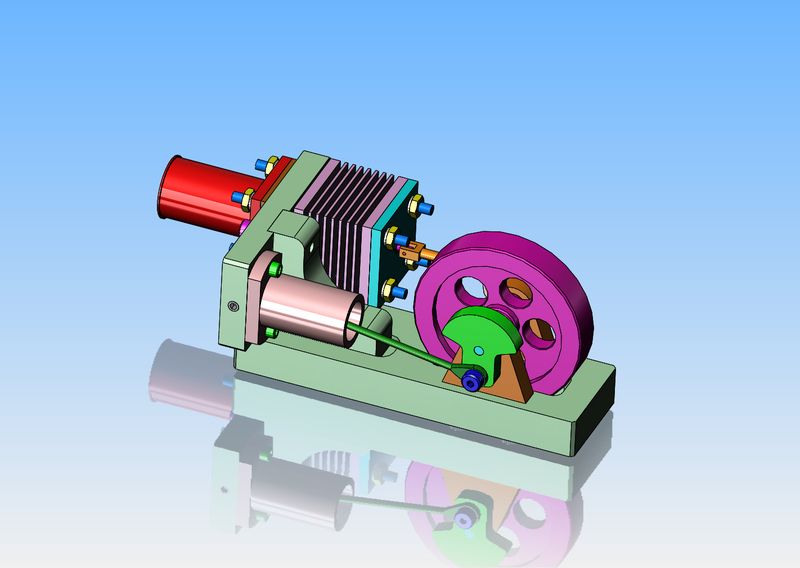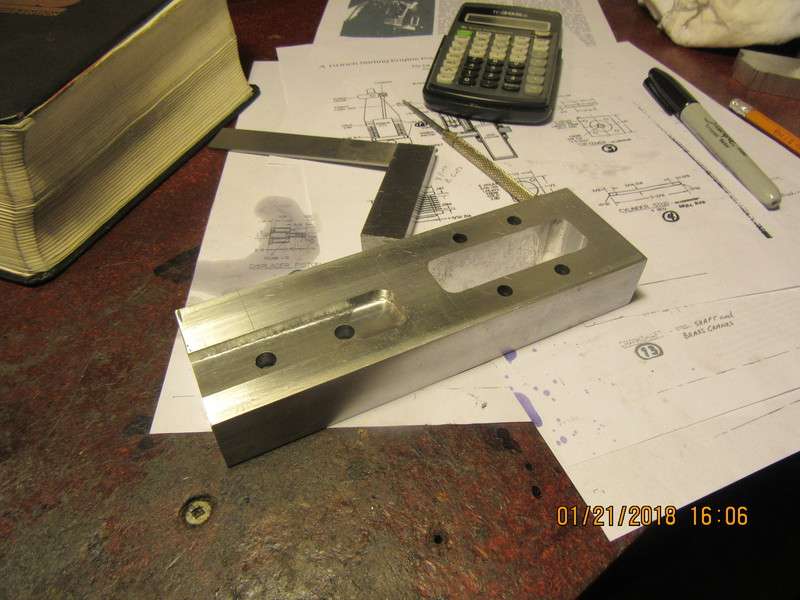I'm sick.--Sicker than a friggin' dog, suffering from a head cold!! Small wonder though--All my kids have had it, my grandkids have had it, my wifes had it, and the guys at work have had it. I thought I was going to be lucky and have it pass me by, but no such luck. My head feels like a giant bucket of snot!! Now that I have shared that disgusting fact with you----I'm thinking of maybe building a Stirling cycle engine. I've always stayed away from Stirling engines, because they barely have enough power to get out of their own way. Today I watched a couple of YouTube videos by Tubal Cain, where he does a reasonably good job of explaining the operating principle of these engines. I would prefer to build a simple all metal engine with a power piston and a displacer piston, similar to the one in tubal Cain's video. I'm not really after the polished brass and glass test tube variety, which are works of art.--Nor am I after the "two tin cans and a piece of wire" variety. The one in Tubals video looks about right to me---Plain Jane, but all metal. I will have to see where I can get plans of that.---Brian
https://www.youtube.com/watch?time_continue=1&v=DkfXd8634WY
https://www.youtube.com/watch?time_continue=1&v=DkfXd8634WY
































































